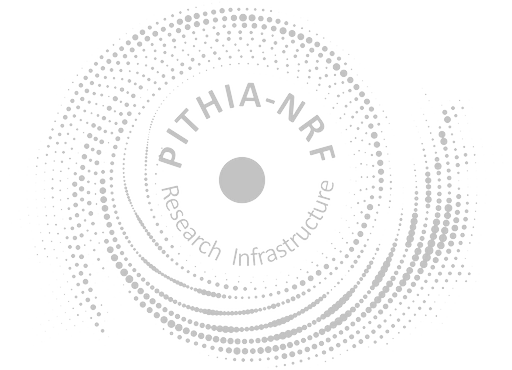<?xml version="1.0" encoding="UTF-8"?>
<Platform xmlns="https://metadata.pithia.eu/schemas/2.2" xmlns:xsi="http://www.w3.org/2001/XMLSchema-instance" xmlns:xlink="http://www.w3.org/1999/xlink" xmlns:gml="http://www.opengis.net/gml/3.2" xmlns:gmd="http://www.isotc211.org/2005/gmd" xmlns:gco="http://www.isotc211.org/2005/gco" xsi:schemaLocation="https://metadata.pithia.eu/schemas/2.2 https://metadata.pithia.eu/schemas/2.2/pithia.xsd" gml:id="p_n19">
<identifier>
<PITHIA_Identifier>
<localID>Platform_Roquetes_Spain</localID>
<namespace>oe</namespace>
<version>1</version>
<creationDate>2022-10-09T07:32:47.061Z</creationDate>
<lastModificationDate>2022-10-09T07:32:47.061Z</lastModificationDate>
</PITHIA_Identifier>
</identifier>
<name>Roquetes, Spain</name>
<shortName>Roquetes</shortName>
<standardIdentifier authority="URSI">EB040</standardIdentifier>
<description>
The Roquetes platform hosts an observing infrastructure for monitoring the state of the ionosphere in the
Observatori de l'Ebre (OE). The first measurements began on 26 March 1955, when the first ionospheric sounder
in Spain was inaugurated. Several instruments had been working in the OE ever since 1955, the current
instrument is a DPS-4D ionospheric sounder, which was developed and built by Lowell Digisonde International
in collaboration with UMass Lowell Center for Atmospheric Research. Routinely, it performs an ionospheric
sounding every 5 minutes, but this cadence can be adjusted for specific campaigns. The instrument has a
transmitter antenna, an integrated transceiver package (control unit), and a network of receiver antennas
formed by four crossed magnetic dipole antennas. This station, which is singular in the Iberian Peninsula,
contributes to the world-wide ionospheric observation network GIRO, and provides information for the products
of the European network DIAS and products developed by the OE team.
</description>
<type xlink:href="https://metadata.pithia.eu/ontology/2.2/platformType/GroundBasedStation"/>
<location>
<Location>
<!-- The LAT, LON coordinates of the position of the platform. The "srsName" describes the coordinate system -->
<geometryLocation><gml:Point gml:id="n19" srsName="https://metadata.pithia.eu/ontology/2.2/crs/WGS84spherical">
<gml:pos>40.80 0.50</gml:pos>
</gml:Point></geometryLocation>
<nameLocation><EX_GeographicDescription xmlns="http://www.isotc211.org/2005/gmd"><geographicIdentifier><MD_Identifier>
<code><gco:CharacterString>Roquetes, Spain</gco:CharacterString></code>
</MD_Identifier></geographicIdentifier> </EX_GeographicDescription></nameLocation>
</Location>
</location>
<relatedParty>
<ResponsiblePartyInfo>
<role xlink:href="https://metadata.pithia.eu/ontology/2.2/relatedPartyRole/PointOfContact"/>
<party xlink:href="https://metadata.pithia.eu/resources/2.2/individual/oe/Individual_OE_Altadill"/>
</ResponsiblePartyInfo>
</relatedParty>
<relatedParty>
<ResponsiblePartyInfo>
<role xlink:href="https://metadata.pithia.eu/ontology/2.2/relatedPartyRole/Operator"/>
<party xlink:href="https://metadata.pithia.eu/resources/2.2/organisation/pithia/Organisation_OE"/>
</ResponsiblePartyInfo>
</relatedParty>
</Platform>

